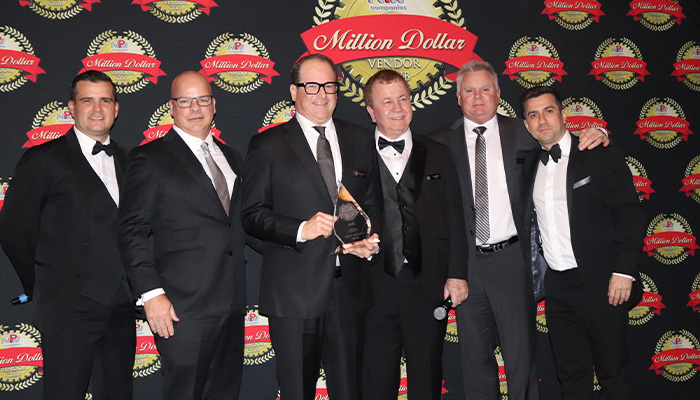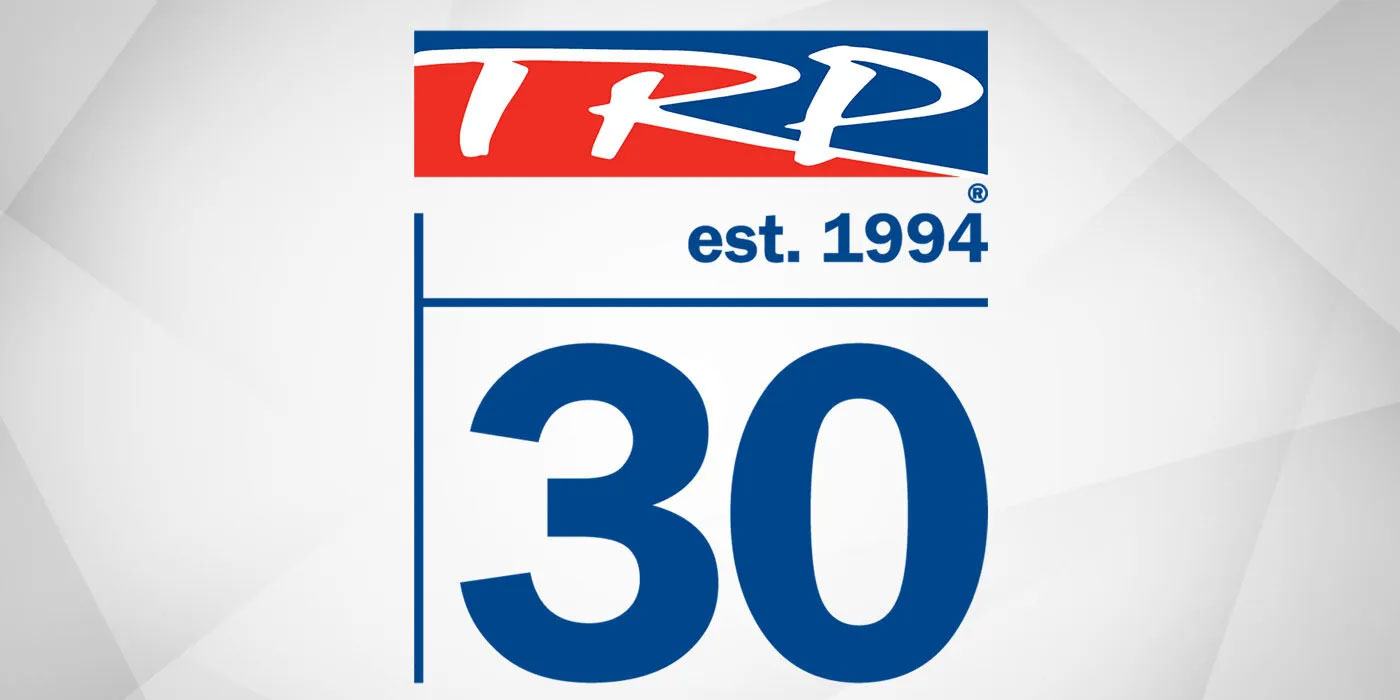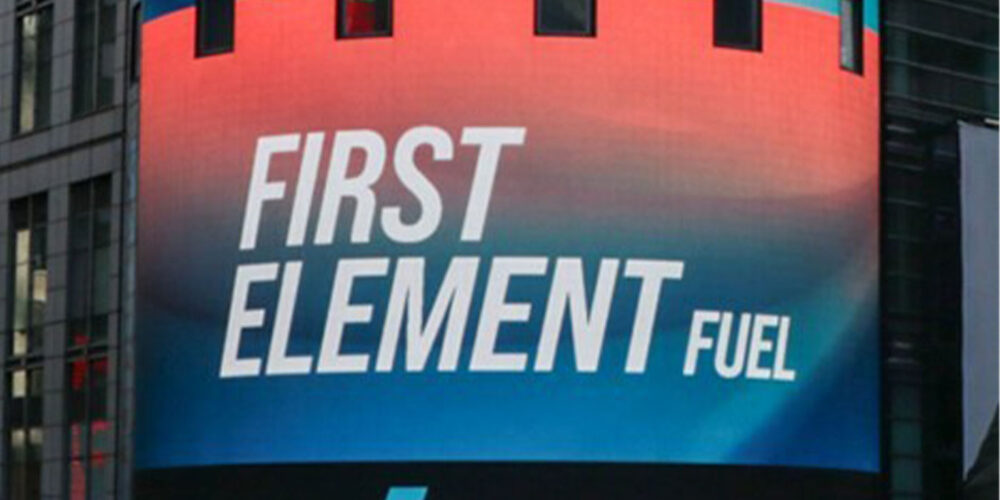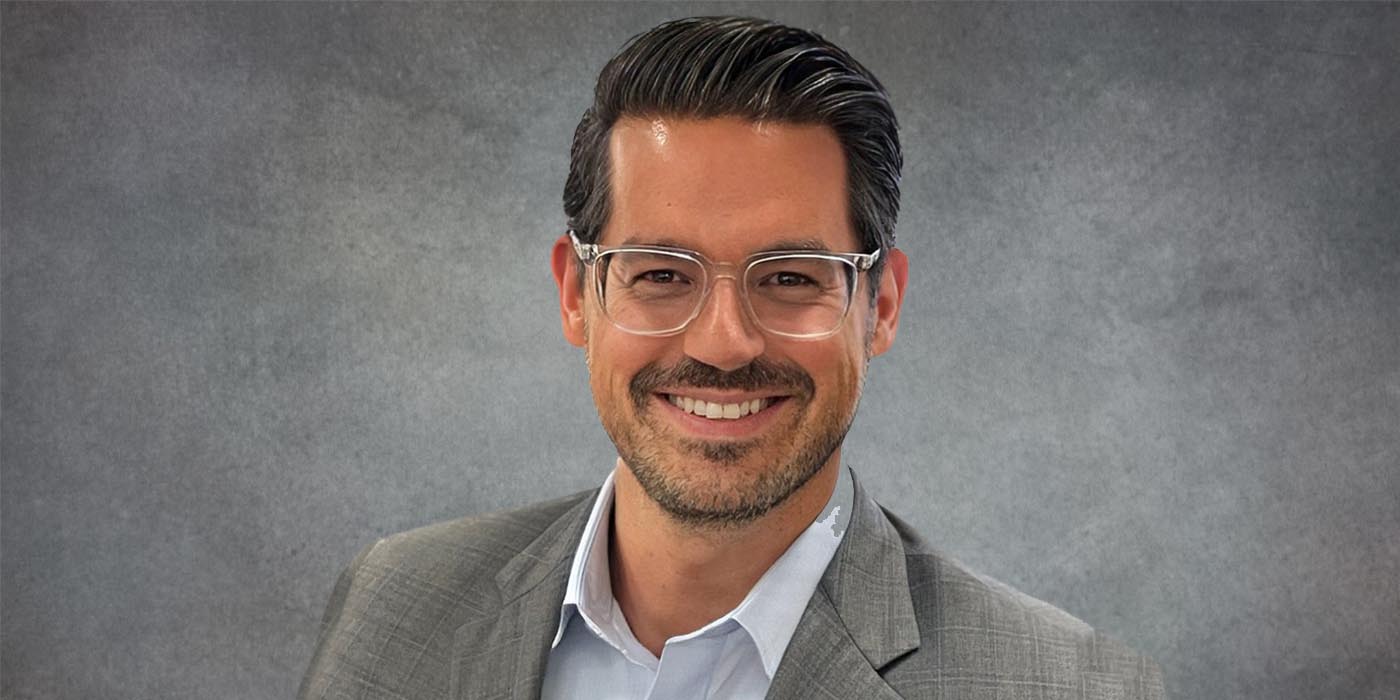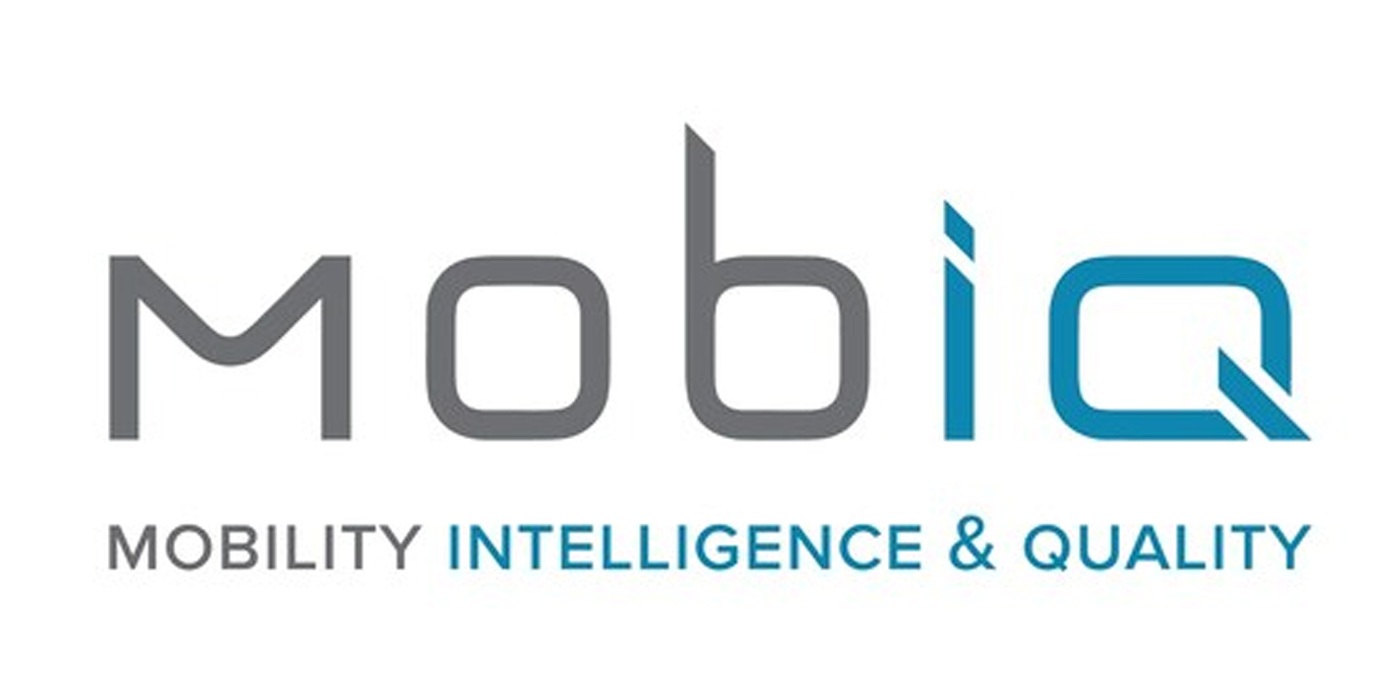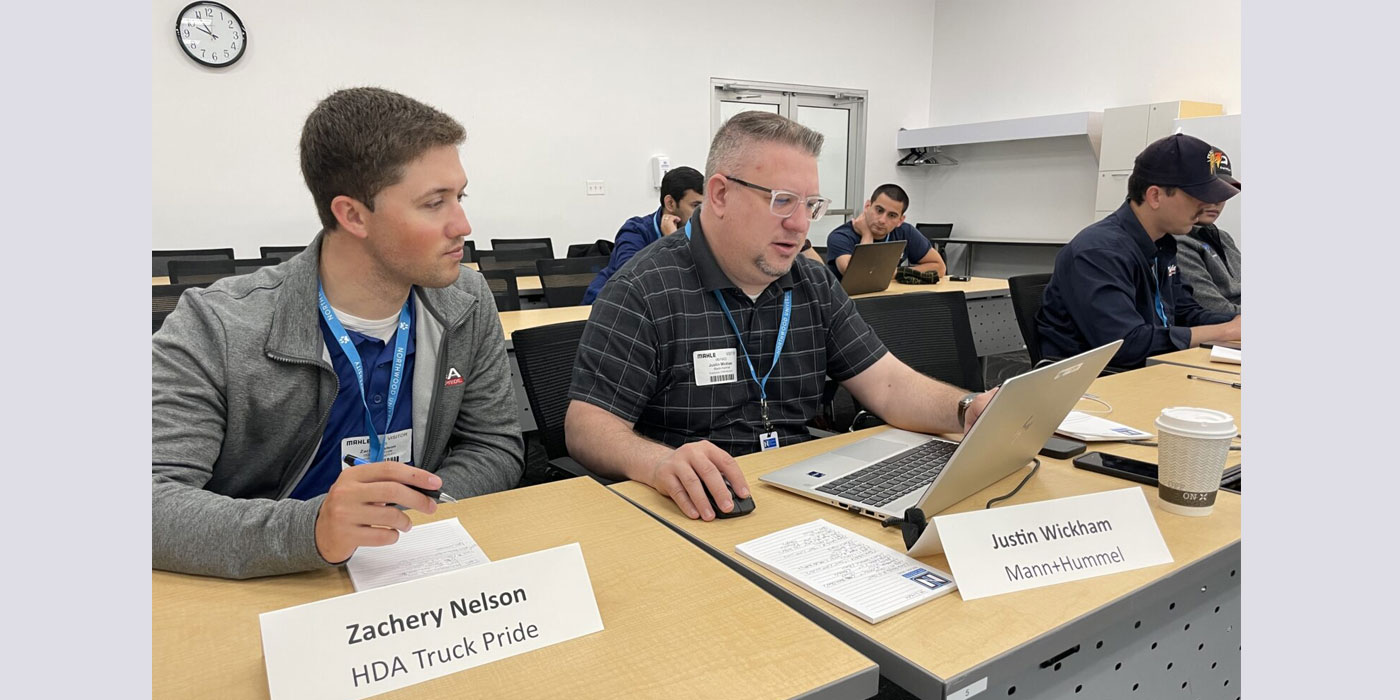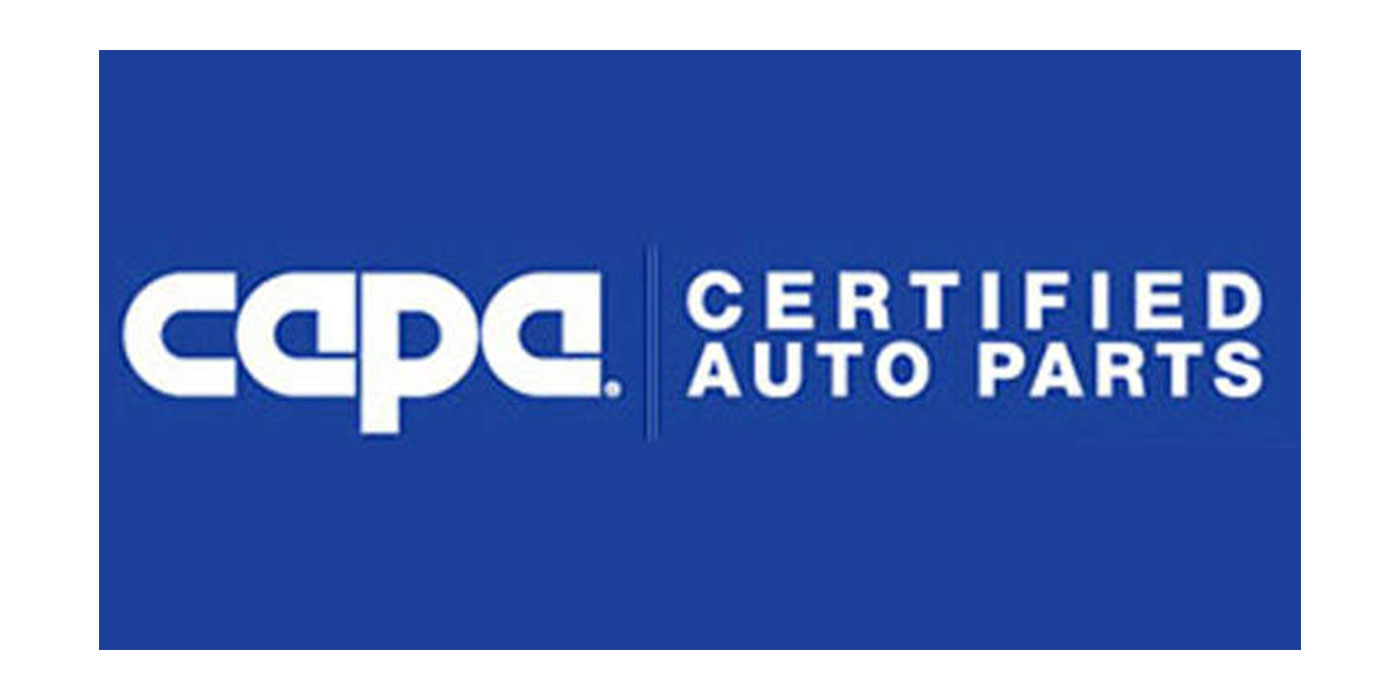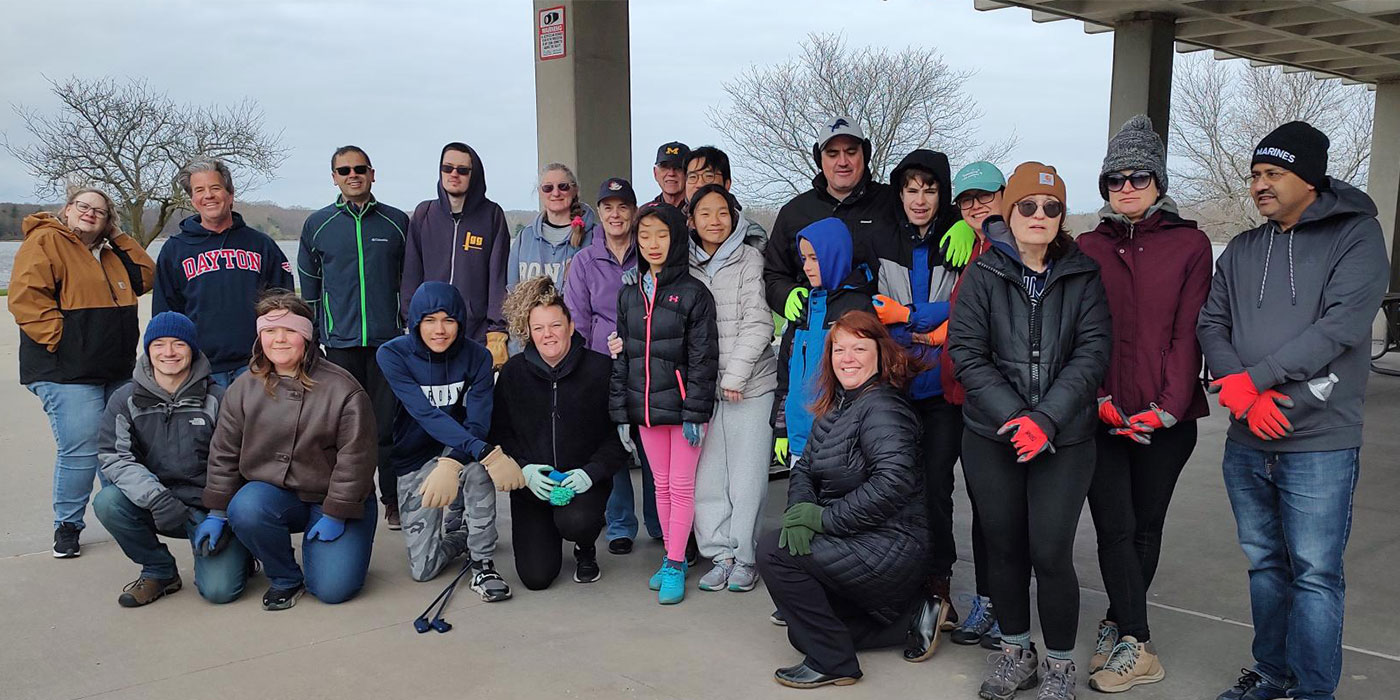By Brian Cruickshank, AAP
Editor, Counterman magazine
AKRON, OH — Over the years, unimpressive new- and used-car profits have forced vehicle makers and their dealership franchisees to find new profit centers elsewhere. This includes a much stronger commitment to vehicle service and wholesale parts programs that are in direct competition with traditional aftermarket distribution to service the nation’s repair shops – in other words, your customers.
For the nation’s dealerships, the last several years have proved to be challenging – characterized by flat sales and fueled by war, sagging consumer confidence and growing unemployment. Total dealership sales in 2002 reached $680 billion, a one percent decrease from 2001, another bad year.
Dealership parts and service departments, however, are another story.
OE Parts and Service Profits Soar
New-vehicle sales departments have been little more than break-even propositions for many dealerships. But take a look at the typical dealership’s balance sheet and you’ll see something interesting – much of a dealership’s profit is not in the new-car or even used-car market. It’s in parts and service. That’s right – even though dealership parts and service department sales comprised just 11.8 percent of a typical dealer’s total sales in 2002, it contributed a whopping 48 percent of the total operating profit. By contrast, in that same year, new-car sales made up 60 percent of total sales, but only contributed 35 percent of total profit.
For vehicle manufacturers and their franchisees, a focus on parts and service is a smart strategy: High-margin labor and parts sales for new-car dealers provide a two-fold advantage by relieving some of the pressures stemming from flat new-car sales, and also by encouraging previous new car buyers to return again and again to the dealership. It’s no coincidence that many dealership service waiting areas have nice views of the showroom floor.
Overall, the improving parts and service numbers for these dealers are hard to miss, as the dealerships’ share of the parts and service market continues to grow. According to the National Automotive Dealers Association (NADA), overall dealership revenue is declining, but parts revenue growth is stronger than any other department. The numbers back this up. In 1984, dealerships sold a little more than $30 billion in vehicle parts and service. Ten years later, that number jumped to $55 billion. In 2002, dealership parts and service departments were responsible for $83 billion in sales, up 4 percent from 2001. That’s an even more impressive gain considering there were 3,900 fewer dealerships in 2002 than in 1984. Of course, a significant percentage of these parts are crash parts, but a growing number are of the hard-parts variety.
Wholesale Parts Programs
These dealerships have been achieving much of this growth through a more focused and concerted effort to sell more parts through bolstered wholesale parts programs – programs that are directed squarely at your customers, and they’re beginning to notice.
“[The dealerships] are absolutely more aggressive,” said San Antonio, Texas, shop owner Sam Callahan Jr., owner of SX Callahan. “They come in with discounts, offering hot-shot delivery too.”
Although Callahan’s shop pulls the majority of his parts – including ACDelco and Motorcraft – from a local co-op WD, the discounts have been tempting. But sometimes, when it comes to those notorious ‘dealer-only’ parts, he has no choice but to source directly from the dealer – and that’s where the dealer has the real upper hand. “As far as availability, the aftermarket is running behind – especially on imports,” said Callahan, pointing out that he can’t get aftermarket parts for some 2000 model-year applications.
Of course, this phenomenon is not limited to just San Antonio. Several hundred miles to the east, Clarksdale, Miss., store manager Chris Stewart also sees availability as a problem for the aftermarket.
“Our hands are often tied,” said Stewart. “We don’t have coverage for everything – and I’m talking about parts for some 1997-1998 models. In the past two weeks, I’ve bought a lot of Kia parts from the dealer and resold them.”
To fill the void, some aftermarket manufacturers specialize in these “dealer-only” parts for the aftermarket. Even so, there is still a large gap in availability.
Genuine OE Parts
Technicians can be a finicky group, especially when it comes to brand. Across the industry, many repair shops are becoming pickier about so-called “genuine” OE parts, often choosing to source the OE-branded products for their proper fit, function and performance, at the expense of the aftermarket product. These aftermarket products are often the same part supplied to the OE brand. Same product, different box. It may be the same part, sourced directly from the same production line, but try telling that to an installer hell bent on installing “genuine” OE parts. Distributors and suppliers alike say this is increasingly an uphill battle.
Counterman’s annual Professional Automotive Repair Technician Survey shows that this sourcing trend is concentrated among certain product categories, namely certain kinds of filters (cabin air), electronics, vehicle computers (ECMs), fuel pumps and oxygen sensors. The trend is growing among other products lines, such as clutches, ignition, oil filters and water pumps.
“More installers are spec’ing [the OE brand] rather than aftermarket brands – even if those aftermarket brands are the suppliers to [the OE brand],” said Henry Zuehl, owner of Motormark Auto Parts in San Antonio. “I’ve tried to educate my customers, but the tech doesn’t care.”
These sourcing trends are pushed by OEM wholesale parts programs, which are focused on selling more parts to the independent repair shop. OEMs such as Ford, General Motors, Subaru, Volvo, Honda and Volkswagen are among those mentioned most often by parts stores and repairers alike. These programs are far more than just simple parts sales systems. They are bona-fide programs, offering things like hot-shot delivery, terms, cataloging and Internet parts ordering.
Honda Service Express, for example, has an “eStore” through which IRFs (the term Honda gives to Independent Repair Facilities) can search for and order parts. Subaru’s OE Pro program is another program designed to tempt repair shops with what they call “competitive pricing” and genuine Subaru parts. Volvo’s program touts its depth of inventory, payment terms, delivery, discounts and technical information. Volvo even says that 97 percent of its inventory is available within 24 hours.
On the store side, the view is the same, with different ramifications: lost sales.
“Our customers used to call us all the time for dealer-only parts – not anymore,” conceded San Antonio store owner Frank Martinez of Hansa Auto Parts. “The OEMs are trying to get the better and bigger shops – many of these guys are my good customers.”
These dealerships use, of course, parts pulled through their own distribution system. Therefore, every time a motorist takes his vehicle to the dealership for service, the aftermarket parts store loses sales.
Service and Repair
To help prod motorists into their dealerships’ service departments, vehicle makers have begun to expand OE service shops and add more convenience and value to their service and parts distribution networks.
The Ford Quick Lane program, for example, uses repair facilities that are separate from the primary service center and have their own management and staff. Although they can be co-located with the dealership, many are stand-alone facilities. General Motors “mobile” Mr. Goodwrench makes house calls by delivering routine maintenance right to a customer or fleet account.
Dealership service departments are also boosting hours. Sixty-one percent of dealership service departments now offer evening and weekend hours. The average dealership service department is open for business 54 hours per week.
In the end, the parallels between the OEM wholesale parts programs and retail wholesale programs are quite similar. Each desires a larger piece of the aftermarket repair market, and, so far, their respective successes have been lukewarm, but heating up. How these entities deal with the realities of servicing the very complicated professional installer market will ultimately determine their respective success or failure.
This article originally appeared in the May 2004 issue of Counterman magazine.
_______________________________________
Click here to view the rest of today’s headlines.

